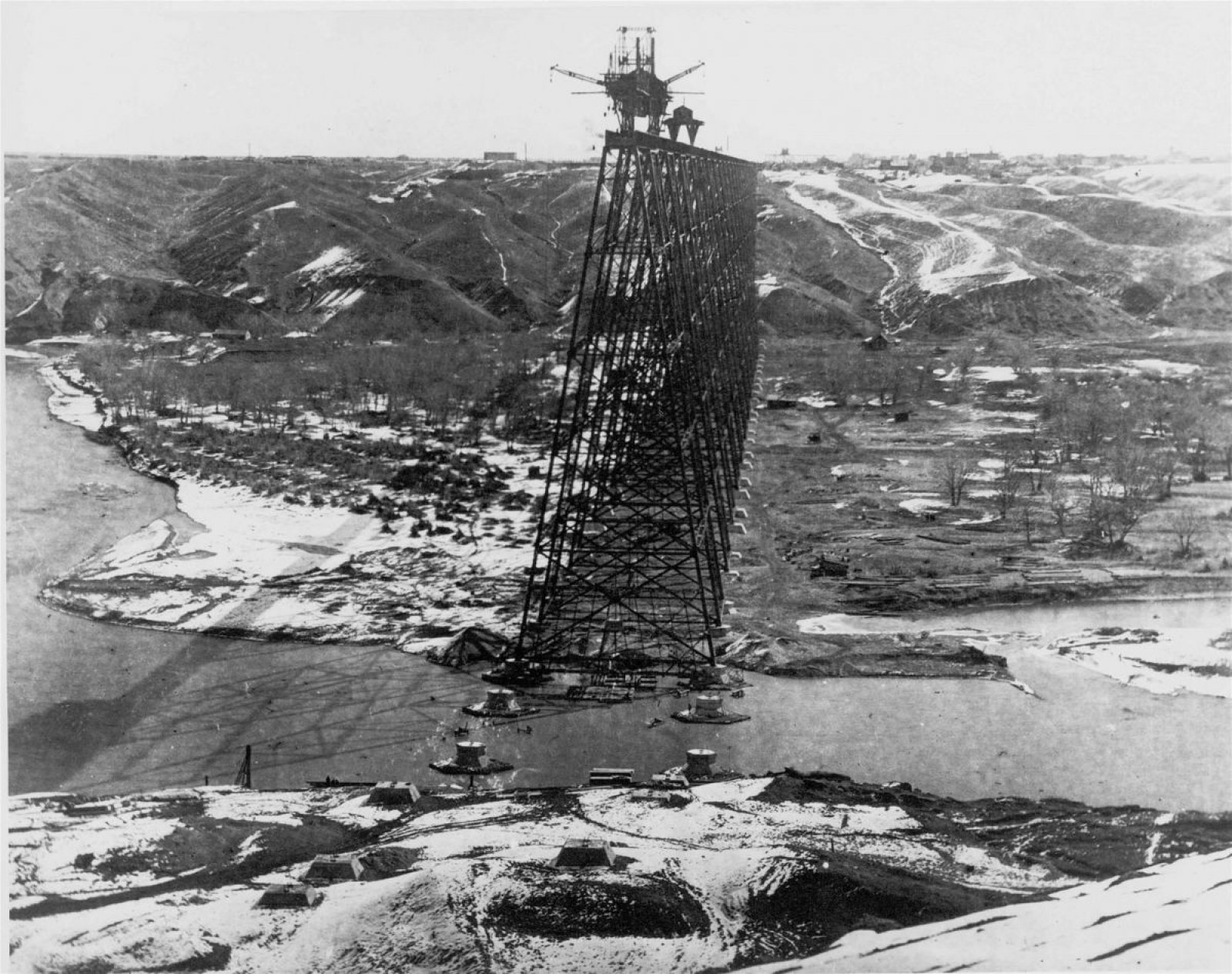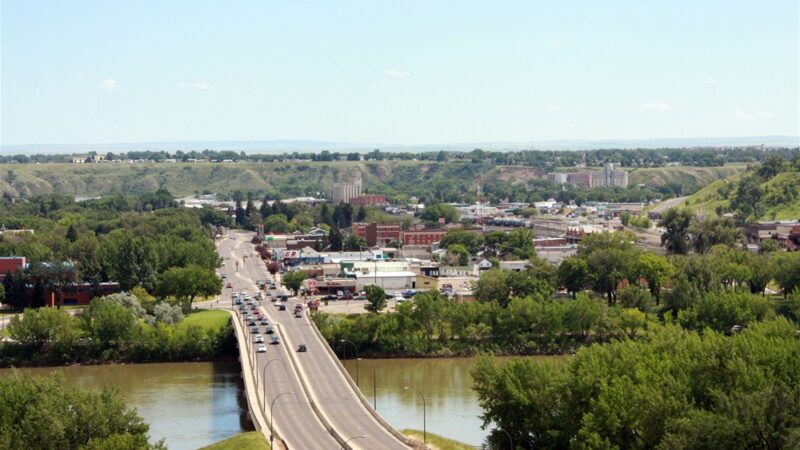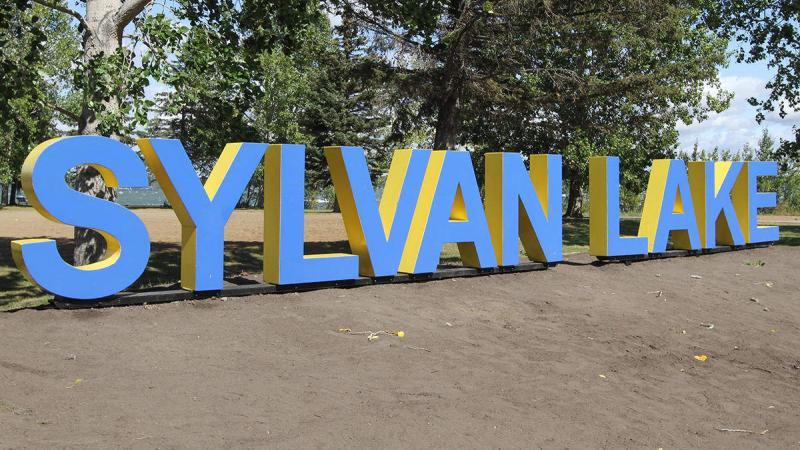Lethbridge

Lethbridge’s Historic Viaduct
A landmark for locals and those that have visited the Canadian Pacific Railway’s Lethbridge Viaduct has greeted visitors to the city for over 110 years. This bridge is not only the longest but also the highest steel railway trestle bridge in the world reaching over 5,327 ft in length and 314 ft in height this bridge is truly a sight to see! Many people have admired the architecture of the massive bridge that spans across the Coulee but may not have considered the history behind it.
Let’s take you back in time, back to when Fort Whoop-Up wasn’t just a museum that we visited but a working fort, with settlers, the fur trade and whiskey trade abounded. During the picturesque views of the coulees and the bridge looked a little different. The original train line took a series of deep cuts, high fills and had around 20, 60 ft high wooden bridges the train would have to pass over to cross the coulee and the St. Mary River that runs through the coulee. These steep descents and treacherous bridges lead to many operational and maintenance difficulties so in 1907 when the bridges were due to be rebuilt it was decided that a new route was needed.
This new bridge was designed by J E Schwiter – who also designed the spiral bridge in the kicking horse pass – was to extend from one prairie level to the other, eliminating the need to go down to the river level to make a crossing. These changes would also reroute the tracks so it would run just north of the Kainai Reserve instead of crossing it, and eliminating nine miles of track.
Construction began in November 1907 and when it was completed in 1909. The new bridge ran 1.6 km long and 100 meters high at the tallest point and cost $1.3 million to build. After its completion, the bridge was and still remains the longest and highest bridge – making it one of the world construction wonders of the world.
In 1910 the old line was scheduled to be removed, in preparation, bolts were removed from the old bridges. Unfortunately, there was a switch engine, cars and caboose that managed to find its way onto one of the bridges scheduled to be torn down, all but one man survived the crash — George Munro, the train’s engineer. Once the bridges were torn down and used in building projects all across Southern Alberta.
The construction of the bridge was designated as a National Historic Event by the Government of Canada in 2005.
Credit Tourisms Lethbridge
Photos courtesy the Galt Museum & Archives, [19881022027]








